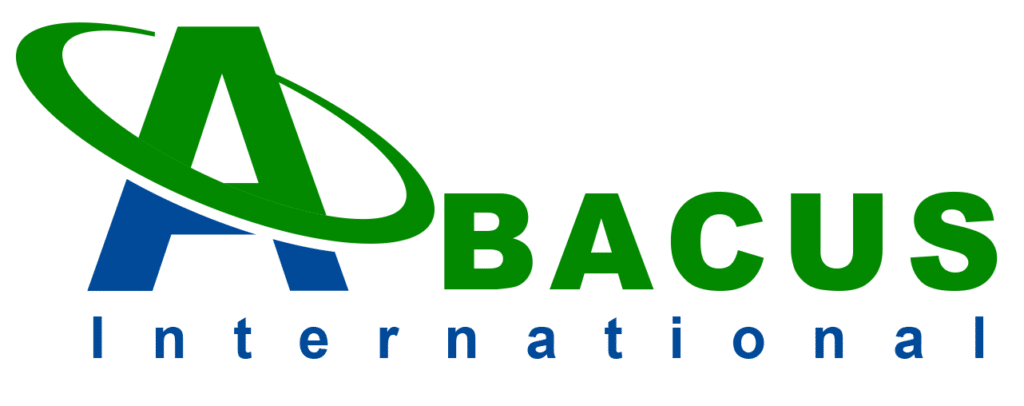Why Do We Need to Manage Health and Safety?
A healthy and safe workplace doesn’t just happen. It takes commitment and planning to ensure that all equipment is functioning properly, that needed materials are available to do the job, and that workers know how to do their job. The benefit of this commitment is an efficient and effective operation, with reduced likelihood of injuries and illnesses.
This leads to improved morale because workers know that their employer is looking after their health and safety and they know that it is okay, even expected, to speak up if they have concerns. With high morale, there is less absenteeism and less staff turnover. This, in turn, improves productivity and quality. Good health and safety makes an employer more attractive – to both workers and customers. Many employers view health and safety management systems as an investment.
If health and safety is not managed, things can get missed. Equipment is not maintained on schedule, workers do not receive the training they need and hazards are missed. As a result, the potential for incidents increases.
Incidents can result in:
injury, illness or death of workers, customers or the public damaged equipment, tools or facilities loss of materials. Aside from the human aspect of injuries, these incidents cost money. In addition to increases in WCB premiums, there are costs associated with the repair or replacement of equipment, increases in other insurance premiums (e.g., for fleet vehicles), replacement of materials, production delays, staff turnover and more. As well, Occupational Health and Safety officers may investigate and order corrective actions.
It is much better to prevent incidents through good management than to deal with the consequences later.
What Is a Health and Safety Management System?
A health and safety management system is a process to minimize the incidence of injury and illness at the workplace. The scope and complexity of a health and safety management system varies, depending on the type of workplace and the nature of the work performed. The purpose of the system is to identify and control hazards, on an ongoing basis, to protect the health and safety of workers. A health and safety management system includes the following key elements:
Safety Management System 8 Key Elements:
- Element 1: Management Leadership and Organizational Commitment
- Element 2: Hazard Identification and Assessment
- Element 3: Hazard Control
- Element 4: Qualifications, Orientation and Training
- Element 5: Assurance – Monitoring and Audit
- Element 6: Emergency Response
- Element 7: Incident Investigation
- Element 8: Program Administration
Shell Safety Management System 8 Key Elements:
- Leadership and Commitment
- Policy & Strategic Objectives
- Organization, responsibilities, Resources, Standards & Documents
- Hazards & Effects Management
- Planning and Procedures
- Implementation & Monitoring
- Audit
- Management Review


